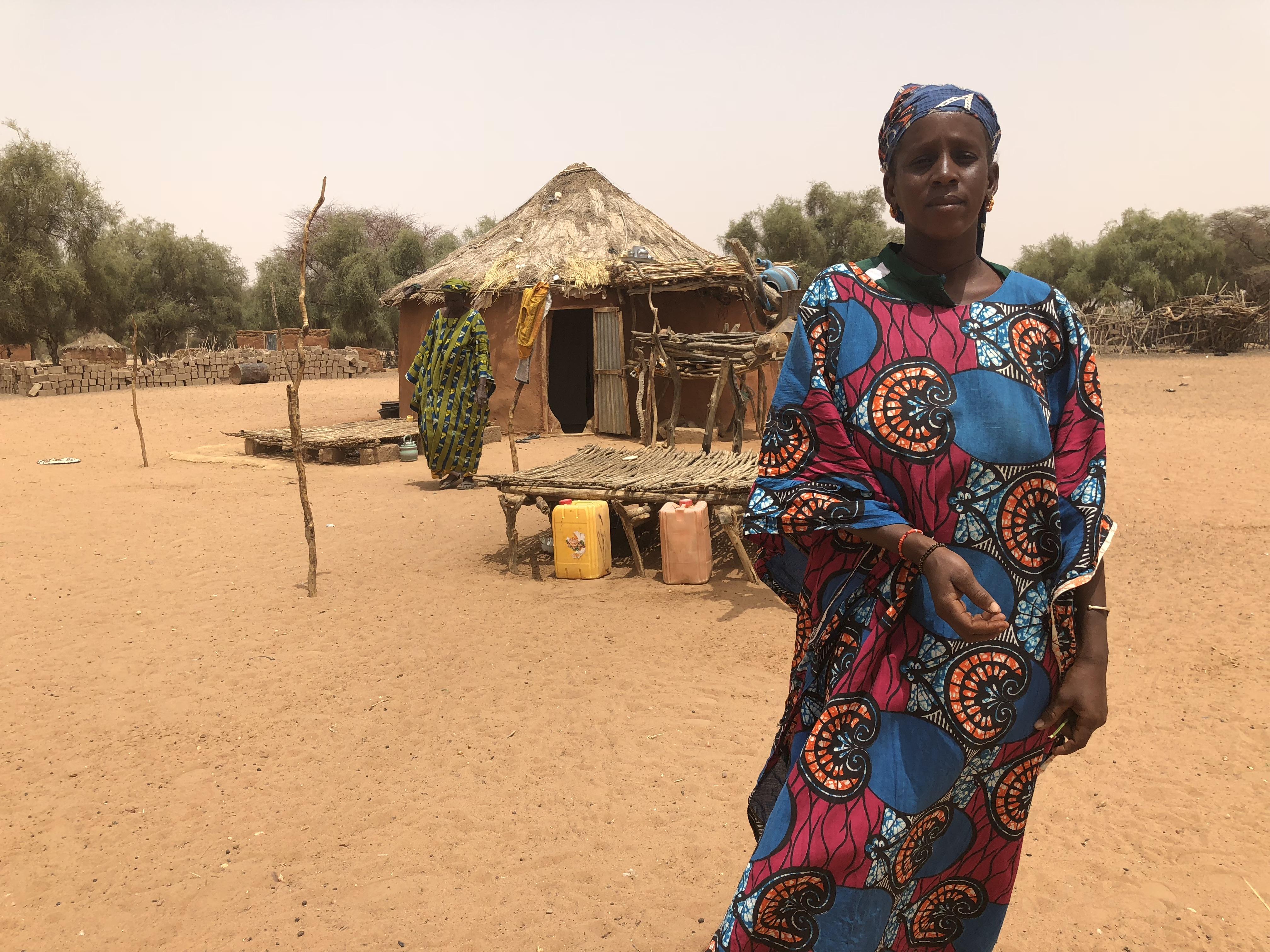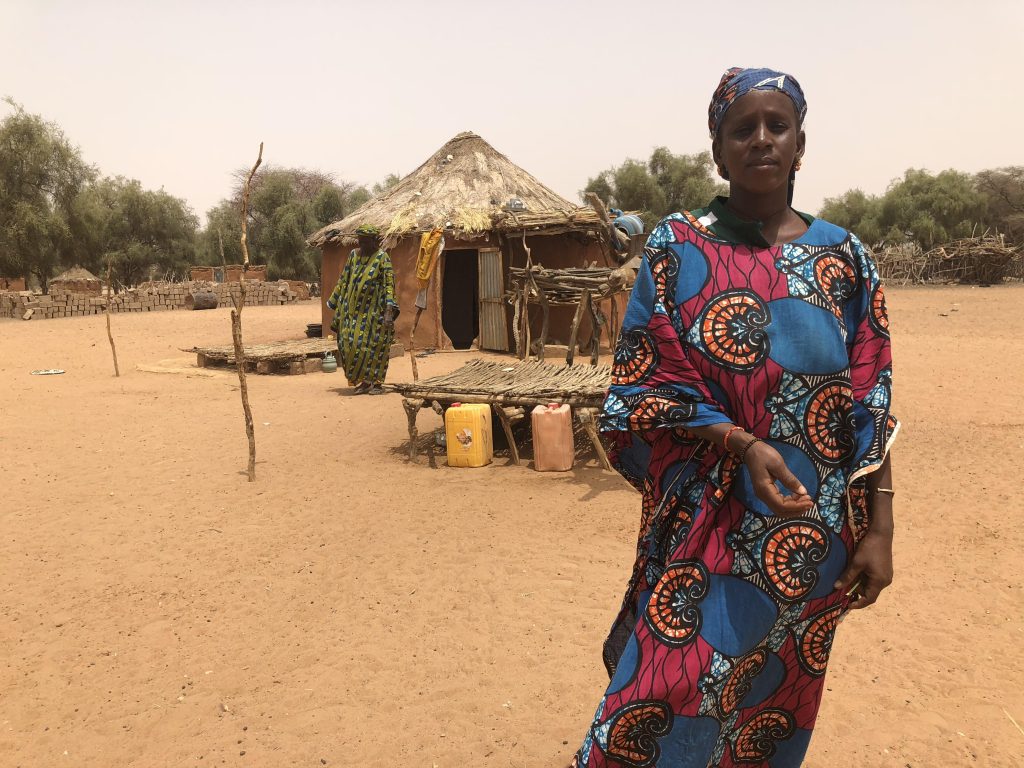We worry about how we can continue to put food on our tables; and yet one-third of food is never eaten, instead being lost or wasted.
We worry about eating properly, and yet in many countries , poor nutrition, obesity and micronutrient deficiencies are increasingly common. This trend is taking place in the Americas, Oceania, Asia, Africa and in Europe.

We want to empower women and girls, yet in every sector we still see serious disparities in terms of equal pay for equal wages and getting more women into senior management positions. We worry about the mass movement of people, many of them disenfranchised, and yet fail to stop the exploitation and even death that too often awaits those who try to migrate.
What is to be done? First, we must understand how each of these issues is interlinked and how they can be alleviated using an integrated approach involving agriculture, education, social services, health and infrastructure. If we channel development assistance in an integrated way, rather than towards specific sectors, we are more likely to achieve sustainable changes – these in turn can ease the burden of coordination and enhance our ability to help governments to achieve more effective and long term improvements.
For this to happen, we need the political will of governments to achieve change, coupled with adequate resources.
These issues are critical to achieving the Sustainable Development Goals (SDGs). Governments committed to the SDGs in 2015, pledging to end hunger, extreme poverty, and other social, environmental and health evils that have left over 815 million people undernourished, and in many areas barely surviving in squalid and inhumane conditions.
The role of governments is central. Only they can exert the political will to enforce the required changes and to set aside the critically needed resources.
The role of development organizations, including the UN, non-governmental organizations and international and regional financial institutions, is also critical. They exist to support governments determined to achieve the SDGs and in so doing to improve their overall social, economic and political wellbeing.
In the long run, tackling the direct relationship between mass migration and poverty and instability entails addressing basic challenges in the countries that people are leaving, and by providing more integrated assistance to refugees to improve their health and capacity to earn livelihoods in the receiving countries.
An important but frequently underplayed aspect for governments in developing countries is their need for assistance in defining and quantifying their present situation through internationally accepted benchmarks. Reliable statistics are crucial in order to measure progress towards attainment of the SDGs and general progress in development.
FAO delivers a lot of services to its members in this regard. And the effort produces globally relevant information, some of it alarming. Right now, for example, the global number of undernourished people is estimated at 815 million and that figure is rising for the first time in more than a decade. The number of countries reliant on external food assistance is now 39, the highest it’s ever been since FAO started tracking.
Eradicating hunger is a lynchpin for the entire 2030 Agenda, and governments must raise awareness about why achieving the SDGs is critical. This effort will both enable and benefit from women’s empowerment.
Programmes such as food for work, food stamps or a mix of both – especially in situations where conflict or natural disaster have impacted local production – are all part of the toolkit and are demonstrably efficient in fostering women’s power and interests. Increasing access to food is a building block to goals ranging from nutrition to women’s rights and assuring resilient livelihoods for producers.
What is essential is to find synergies – not only to avoid wasteful duplication but to forge the basis for sustainable solutions. Otherwise our worries are in vain.

